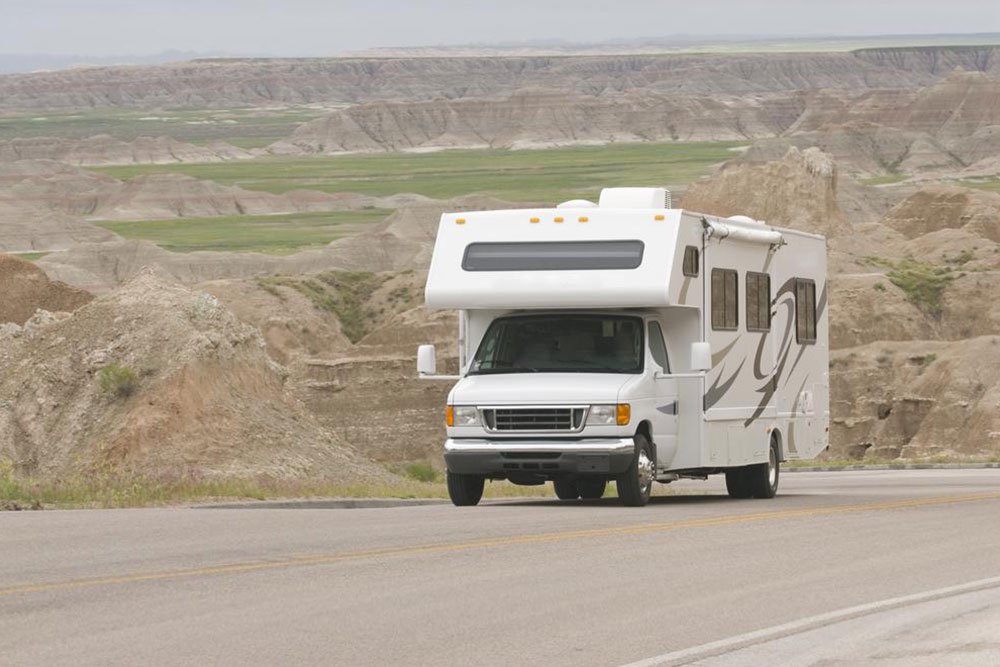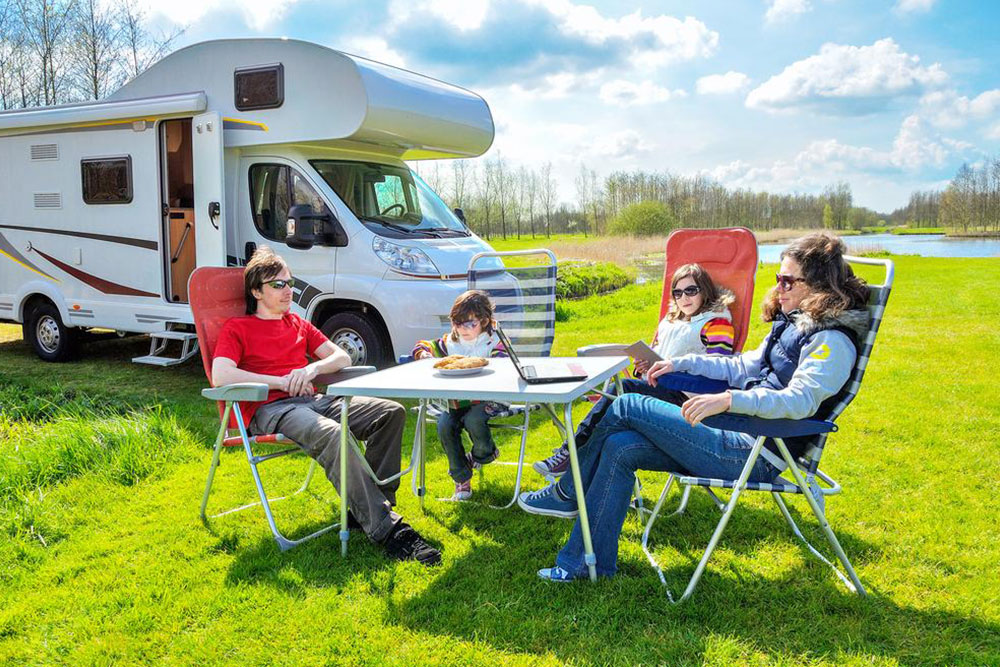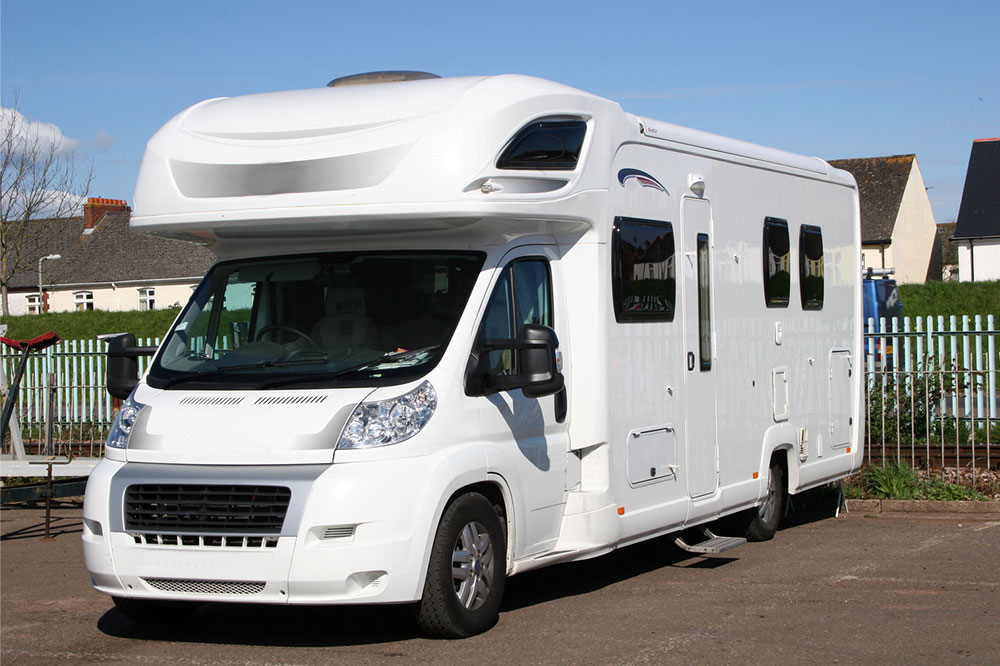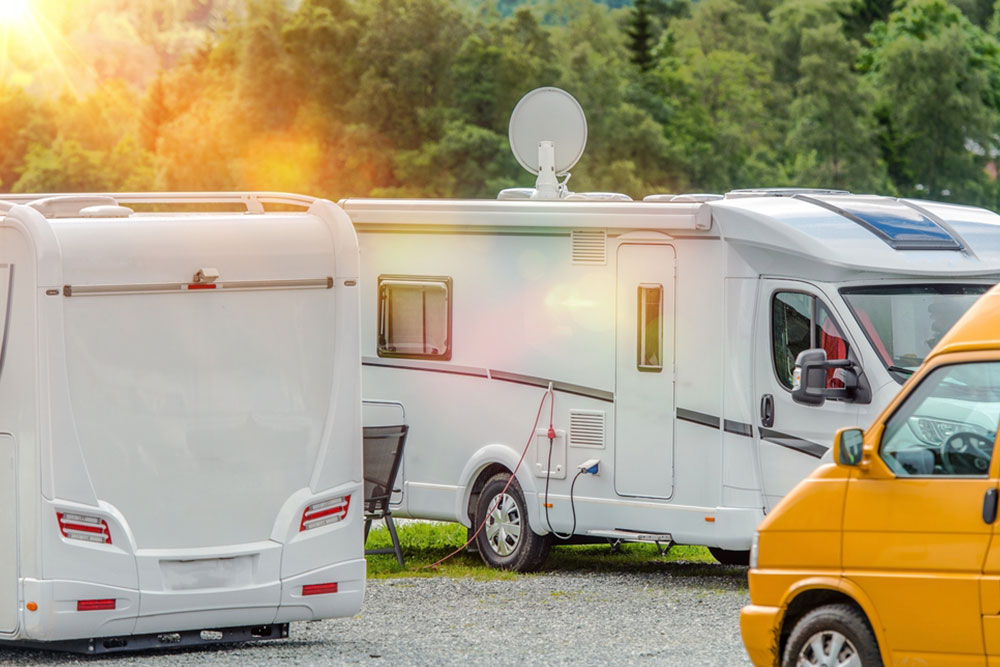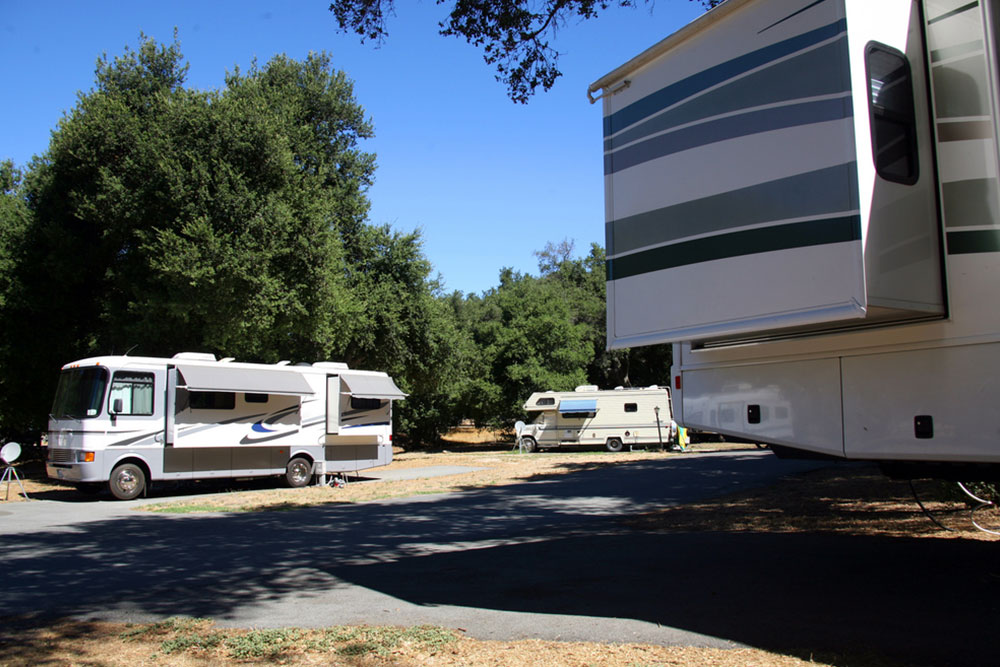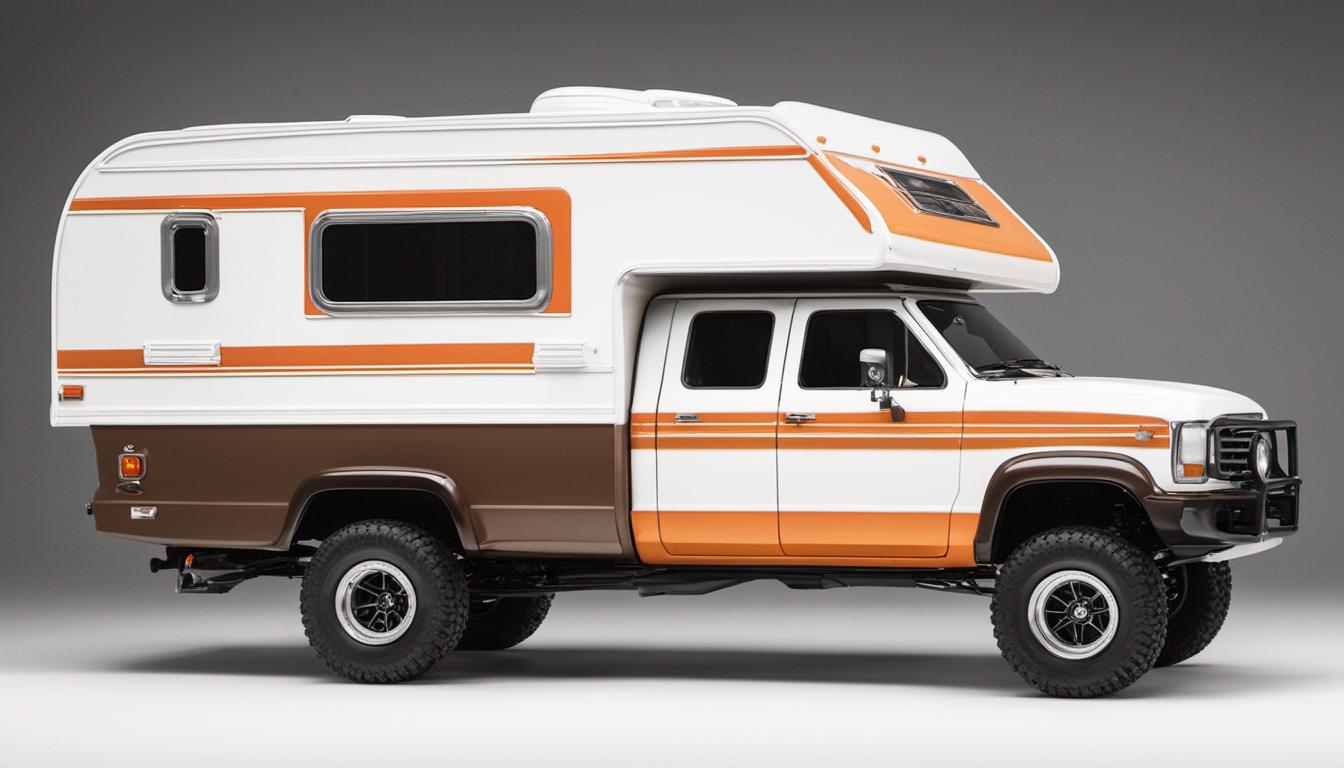Comprehensive Guide to Selecting and Purchasing a Reliable Used RV
This comprehensive guide provides essential tips for selecting and buying a reliable used RV. It covers how to assess your needs, conduct thorough inspections, check for water damage, verify legal documents, and negotiate prices. Emphasizing safety, professionalism, and proper research, the guide aims to help outdoor enthusiasts find a dependable RV that offers safe and enjoyable adventures. Perfect for first-time buyers or those looking to upgrade, it ensures a smooth purchasing process and long-term satisfaction with your investment.
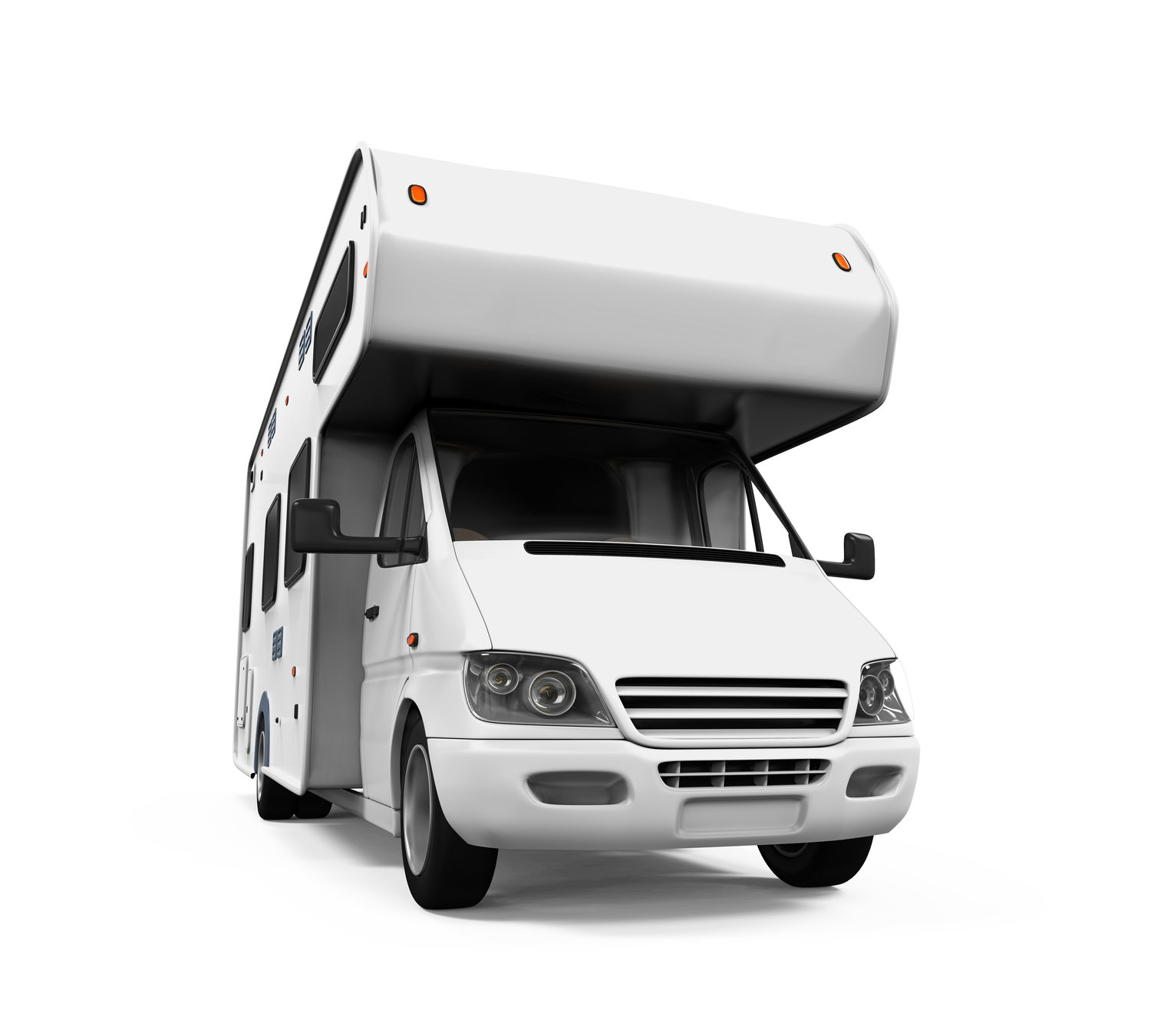
Expert Tips for Buying a High-Quality Used Recreational Vehicle
1. Clearly Define Your Travel and Camping Needs
Start your journey by assessing your specific recreational needs. Knowing exactly what features and configurations you require will streamline your search process and prevent unnecessary expenses. Consider the following factors:
– Size and Layout: Determine how many people will typically travel with you. Do you need separate sleeping quarters and privacy? Is a full kitchen, bathroom, or shower essential? Think about whether you prefer a compact model or a spacious layout that can accommodate family or friends comfortably.
– Budget Constraints: Establish a realistic budget that includes not just the purchase price but also potential repairs, upgrades, insurance, registration, and ongoing maintenance costs. Setting a financial boundary will help narrow down your options and prevent overspending.
– Typical Camping Style: Do you mostly plan to stay at established campgrounds with hookups, or do you envision venturing into off-grid, boondocking sites? Some RVs are better suited for remote camping, featuring larger water tanks and solar charging options, while others are optimized for convenience at developed sites.
Understanding these core aspects of your travel plans guides you toward models that match your lifestyle and helps you avoid investing in features you never intend to use.
2. Explore Various Models and Makes
Once you've clarified your needs, conduct comprehensive research on different makes and models. Use trusted sources like online RV forums, customer reviews, and reputable sales websites such as RVTrader, local dealerships, and private sellers. Pay close attention to the most common issues and complaints associated with particular models to identify potential red flags. Comparing multiple models will give you a clearer picture of what features, sizes, and price ranges suit your budget and expectations.
Engaging with online communities can provide anecdotal insights from experienced owners. They can warn you about recurring mechanical problems, maintenance challenges, or advantages specific to certain brands. This knowledge is invaluable when narrowing down your options.
3. Conduct a Meticulous Inspection
Before proceeding with a purchase, it is crucial to perform a detailed examination of the RV. A comprehensive inspection minimizes the risk of surprises after buying and saves money on unexpected repairs:
– Exterior: Examine the shell for dents, scratches, rust, or corrosion, especially around seams, joints, and underneath. Check all seals around doors, windows, and vents for cracks or deterioration that could lead to leaks.
– Interior: Inside, look for signs of water damage such as stains, soft walls, or mold. Check floors for soft spots that indicate water intrusion or structural issues. Test all appliances, including refrigerators, microwaves, and heating/cooling systems, to confirm they operate correctly. Verify plumbing fixtures for leaks and ensure electrical outlets and switches are functional.
– Mechanical and Systems: Confirm that slide-outs extend and retract smoothly, and test the awnings for proper operation. Check the hitch, tires, brakes, and lights. If possible, review the engine if the RV is self-propelled to assess engine condition, fluid levels, and overall mechanical health.
Remember, a thorough in-person inspection by a knowledgeable individual or professional inspector significantly reduces the risk of future problems.
4. Prioritize Water Damage Checks
Water intrusion is one of the leading causes of damage and costly repairs in RVs. Careful inspection of potential trouble spots is essential. Examine the roof, especially around vents, AC units, and seams, for cracks, signs of previous leaks, or damaged sealant. Inspect corners, ceilings, and areas around windows for water stains, discoloration, or warped materials. Utilizing a moisture meter can help detect hidden dampness within walls or floors, which may not be visibly apparent. Addressing water issues early prevents mold growth, softening of structural components, and expensive repairs down the line.
5. Check Tire Condition and Safety
Reliable tires are vital for safe towing and travel. Ensure tires are in excellent condition without signs of dry rot or cracks, and that tread depth is adequate. Verify the manufacturing date—older tires, even with good tread, can be unsafe due to deterioration over time. Always replace older tires before long trips to ensure safety and smooth handling.
6. Validate Legal and Documentation Status
Complete and clear titles are essential for legal ownership. Verify that the seller possesses a valid title matching the Vehicle Identification Number (VIN). Check for any liens or encumbrances and ensure the RV isn't listed as salvage or rebuilt unless you are prepared for potential issues. Request all relevant documents, including registration, previous purchase receipts, and maintenance records.
7. Review Maintenance and Service Histories
Request documentation detailing past repairs, maintenance schedules, and upgrades. Well-maintained units tend to be more dependable and less likely to develop significant problems. Knowledge of repairs completed, especially on critical systems like brakes, engine, or plumbing, provides insight into the RV's overall condition and reliability.
8. Consider Professional Inspection
Engaging a certified RV inspector is advisable. A professional assessment can identify issues that might escape an untrained eye and provide a comprehensive report on the vehicle’s condition. This professional opinion can be an invaluable bargaining tool and safeguard your investment.
9. Negotiation Tactics
Leverage findings from inspections and test drives to negotiate the best possible price. If issues are present, don’t hesitate to request repairs or a lower price. Remember, a fair price aligned with the RV’s condition helps ensure your investment remains worthwhile.
10. Understand Warranty and Insurance Options
Check whether any manufacturer or extended warranties still apply. Consider purchasing warranty protection for major systems, especially if the RV is older. Additionally, acquire appropriate insurance policies to cover damage, theft, or liability, protecting your financial investment.
11. Conduct a Test Drive or Tow Test
If the RV is self-propelled, take it for a test drive to evaluate handling, acceleration, braking, and overall comfort. If it’s a towable, verify that your vehicle can safely handle it, and perform a short test tow if feasible. Pay attention to any unusual noises, vibrations, or handling issues.
12. Leverage Online Resources and Communities
Join online RV forums, review platforms, and social media marketplaces as they can provide additional insight and trusted seller options. Platforms like Facebook Marketplace, RVTrader, and dedicated RV forums often have seasoned owners sharing valuable advice. Always verify seller credentials and legitimacy before finalizing a purchase.
In conclusion, purchasing a used RV involves careful planning, diligent research, and detailed inspection. By investing time and effort in these steps, you can secure a dependable vehicle that enhances your outdoor adventures for years to come. Patience and attention to detail are your best tools toward finding the perfect used RV suited to your travel lifestyle, ensuring countless memorable journeys ahead.
